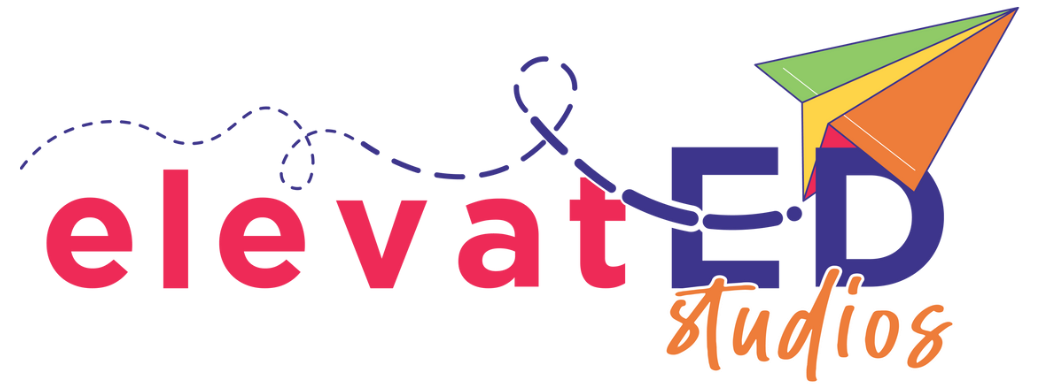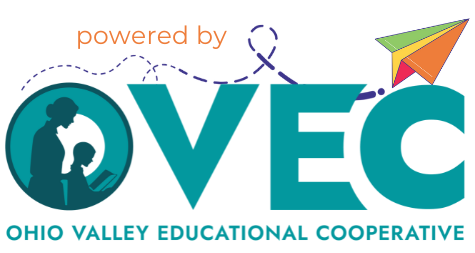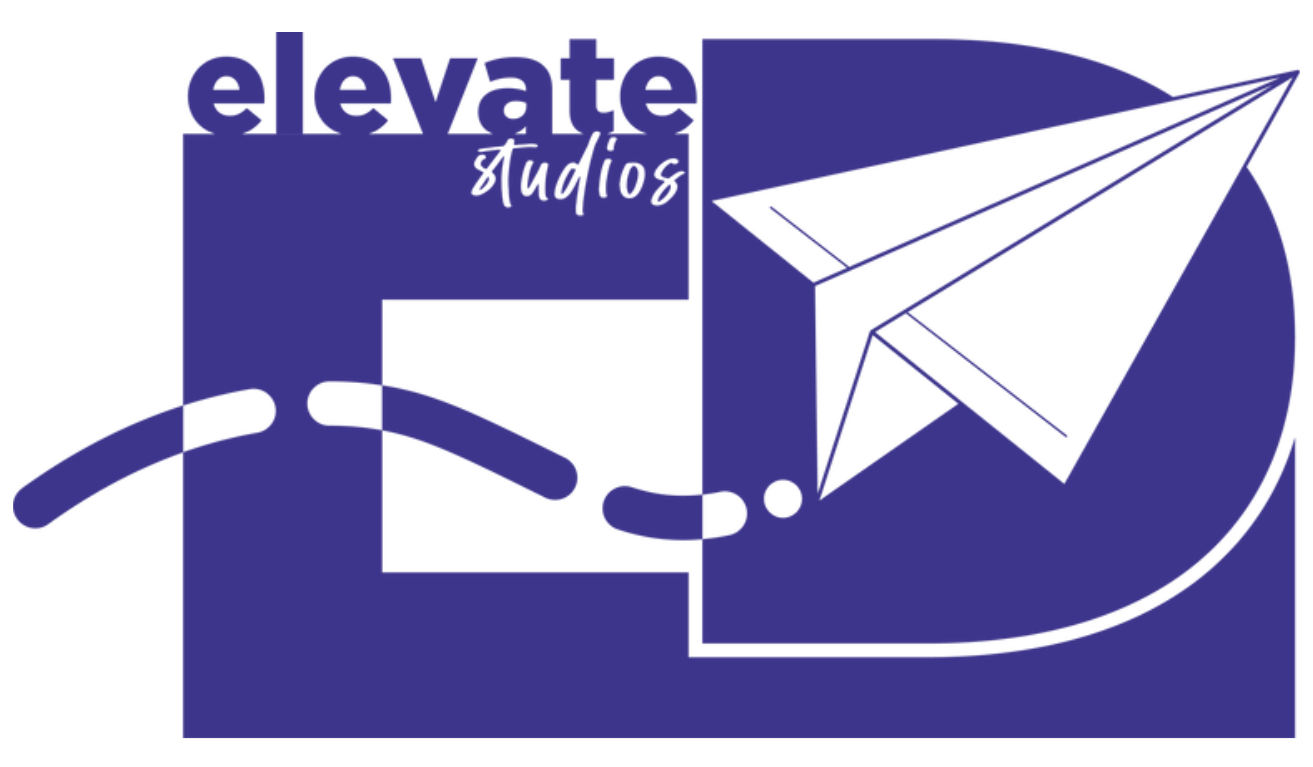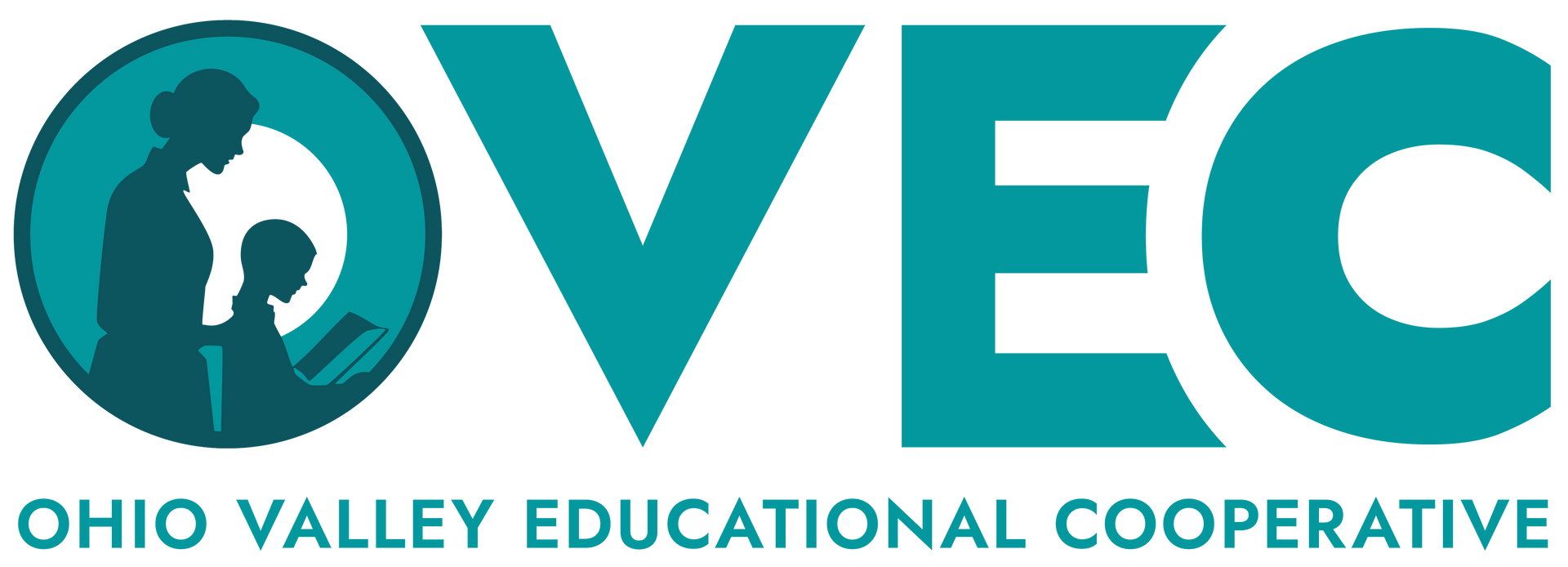Not So Secret Agency: How Students Make Mastery Their Mission
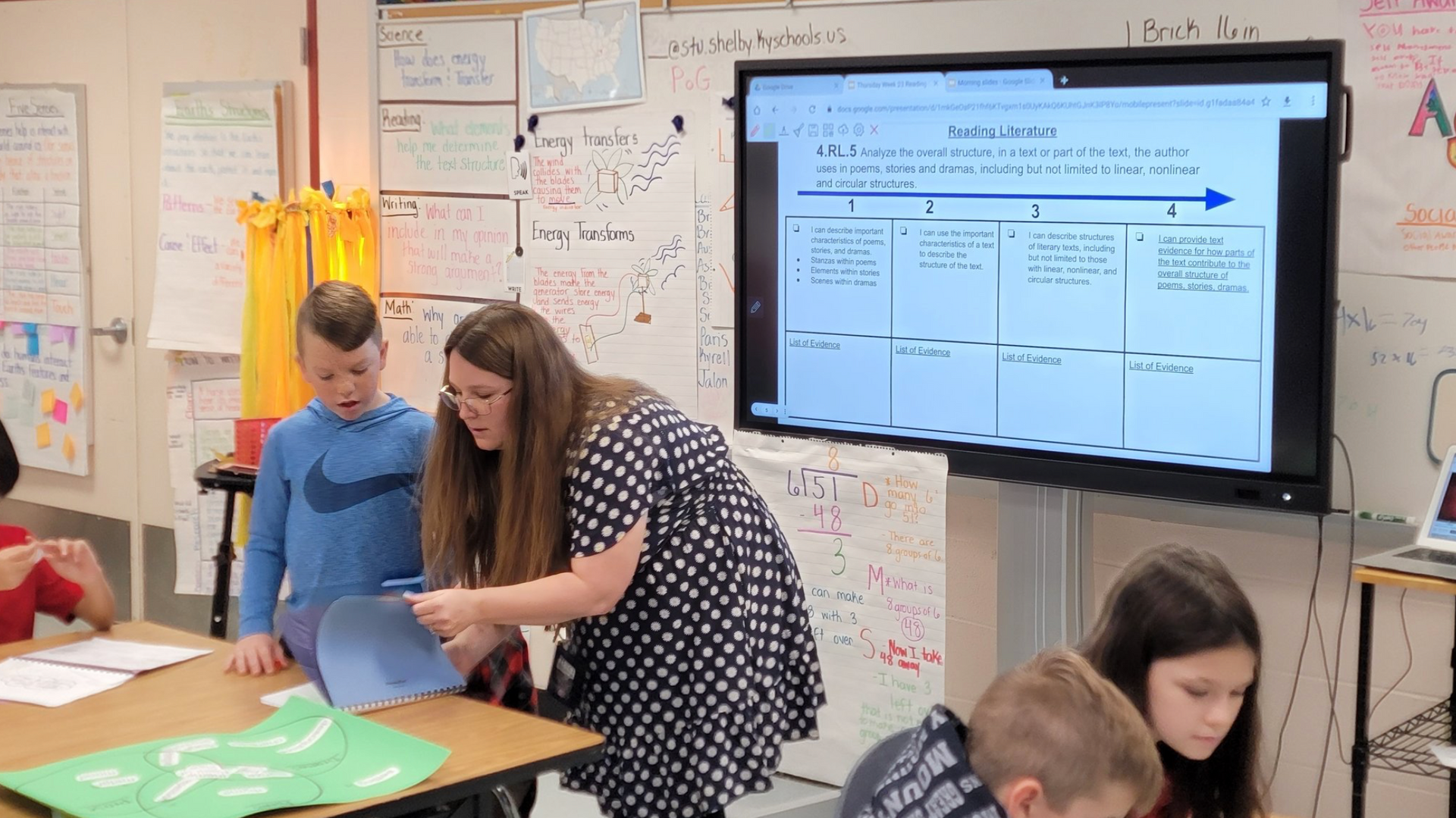
On October 26, 2022, the Kentucky Department of Education announced the names of 11 educators across the state who had been chosen to become part of the state’s first Innovative Teacher Cohort.
Teachers were chosen through an application process and are charged with creating “innovative learning experiences that connect to the three big ideas of the United We Learn vision—creating vibrant learning experiences, accelerating innovation and building a bold new future with communities.”
Shortly after the announcement, we reached out to Morgan Seely, a 4th grade teacher at Painted Stone Elementary School in Shelby County and one of the newly selected cohort members in the OVEC region, to ask if we could visit her classroom. It made sense that teachers who would be interested in this opportunity might already be thinking differently about the student experience and would make great thought partners for our region’s deeper learning initiative.
We knew our hunch was right when we received Seely’s reply:
"I want you to know that I share everything with my students and I showed them your e-mail about being interested in coming to watch us work. They were thrilled! I always
want them to make these decisions with me because I truly feel that I am a member of their classroom and we work as a team to facilitate a wonderful learning experience together. That being said, we would love to invite you to come visit."
How Seely is transforming the student experience
When we got to the classroom, students were busy in collaborative groups working to decide the literary characteristics of poems, prose and dramas using Venn diagrams to organize their thinking. This was part of their quest to answer the unit’s driving question, “How do different styles of writing affect readers?”
Conversations with students revealed that collaboration was the norm in their classroom. “Collaboration,” one student shared, “is when you work together to figure something out. You listen to each other to find the best solutions.”
Students were making individual notes in learning journals while they worked. These special notebooks were formatted with an academic standard at the top, and a mastery scale underneath. Students indicated where they were on the scale, and continuously made notes on the page. These notes included their brainstorming for what kind of student work might be good evidence for each of the scale levels (in this case, 1, 2, 3 and 4). As they explained, this is one way they reflected on what they were learning, and it helped them to know what they still needed to work on. Just this simple habit made it clear that on-going learning was the norm and a process.
And, just as Seely indicated in her email, intentionally building agency with her students was certainly a focus. In fact, the word “agency” was written on chart paper on the wall, and when asked what it meant, students said things like -
“It’s something you own. It’s making your own decisions for your learning.”
“It means you have to understand yourself and make good decisions.”
“It means you are in charge of controlling your actions.”
Students also shared that everyday at 2:00, they held “Agency Meetings” in the class. During these meetings, students talked about where they’d seen agency in action that day. Their conversations followed a protocol for reflection focused on what went well, what didn’t go well, and what should be done differently. This was also a time, Seely shared, when they reflected intentionally on their district’s Profile of a Graduate. The power of this reflection was obvious as students could easily describe each of the profile competencies when asked.
An environment like what Seely has created - one that prioritizes agency - can also inspire impressive student-initiated projects. We learned about this when we saw a student carrying brightly colored yarn wound around a makeshift spool across the room, obviously excited. Seely’s students learned to crochet in art class and decided to find out just how far a crocheted string could reach. Their goals continued to change as the string became longer and longer. Currently, the goal is to reach the middle school next door!
Not only is Seely encouraging the student-initiated project, she is using it to reinforce and/or introduce academic standards and durable (aka grad profile) skills as the students share their progress and plans with her. Calculating distance, estimating, subtracting, collaborating, problem-solving and communicating are a few occurring regularly with this challenge.
Projects like this one occur regularly in Seely’s classroom. Not long ago, students asked if they could create a math game using recent learning about division and remainders to help players crack secret codes. Of course, Seely said yes! She shared that they struggled at first to create the code but she kept encouraging them. After some productive struggle, the games were road-tested and ready - and students demonstrated that they could apply both academic content standards and durable skills in a very authentic way. All of this because they wanted to - not because it was a requirement. Curiosity, reflection, feedback. This environment cultivates student agency in every way imaginable!
How to get started
From the start, Seely “wanted the veil to be lifted for the kids. I wanted the business of school to be transparent for them.” The learning environment she’s created certainly does this. As my colleague said, “The whole classroom is annotated!” It really was! In Seely’s classroom, you are surrounded by learning. The walls were living notebooks, full of works in progress, driving questions, possible answers and thinking about answers, and timelines. Everyone entering this classroom could easily know exactly what students were learning and thinking.
“I always think about competencies when I plan.” Seely describes competencies as “the real learning I want my students to take away from the standards. The big idea. The so-what.”
“The advice I have for a teacher just getting started would be to start in one place. Create the experience you want to have and be bold enough to try and fail,” Seely began.
“For a teacher to move in this direction they must deconstruct the way they see the system of education. They also must understand that we are working towards a new horizon. Our focus must shift away from the powerful ‘assessment’ data that is too little too late and move towards a truly student-centered model of learning in pathways and understanding processes.
“I think of a new CBE teacher as a potential pioneer into a new field,” Seely shared. “You go as far as you choose to go with the tools you choose to use. I believe empowering teachers is the first step. I never would have gotten this far if I hadn't had the support of my principal and coaches.”
Simple Shift call-outs
- Provide specific time each day for reflection upon PoG competencies using a specific protocol (i.e. what went well, what didn’t, how to improve)
- Allow students to self-assess learning Seely’s students have tools, like the Standard Mastery Tracker, that allow them to continually make notes about their learning and self-assess.
- Spark wonder and curiosity by building units and lessons around driving questions
